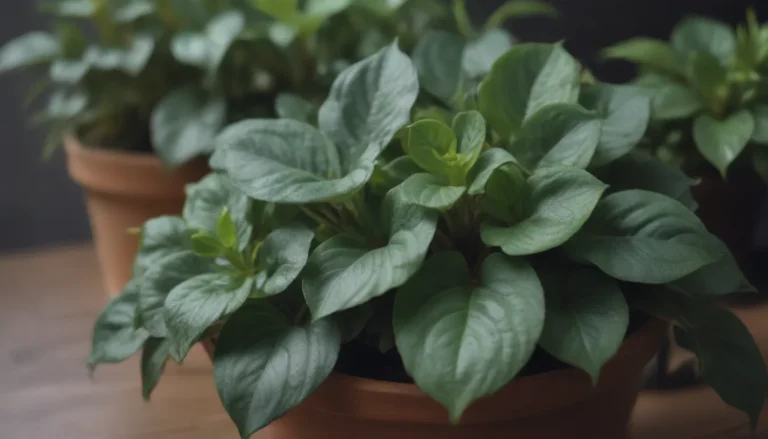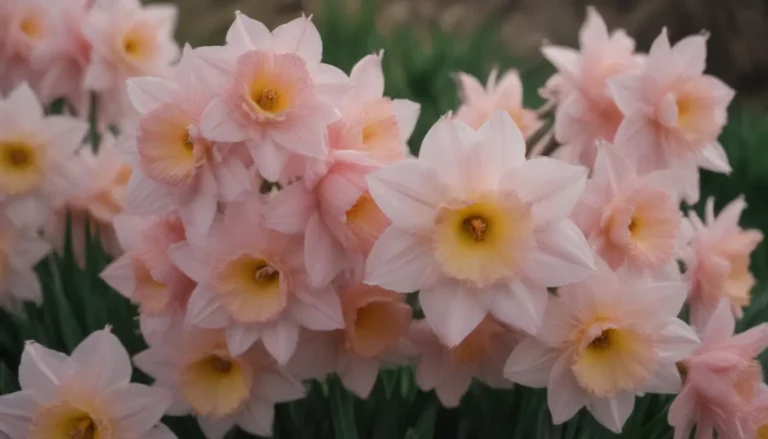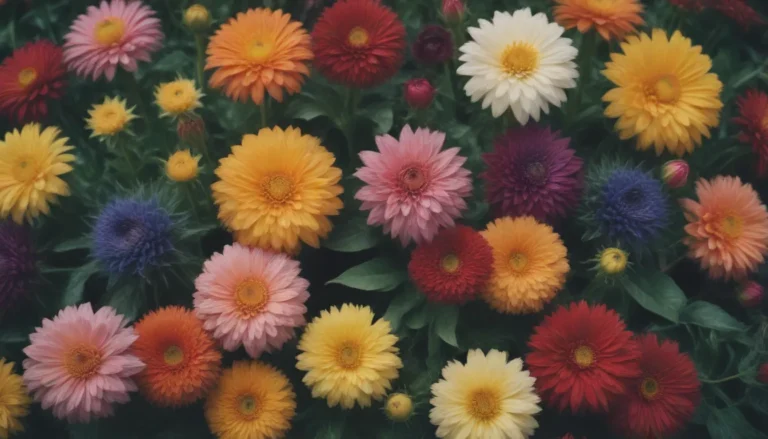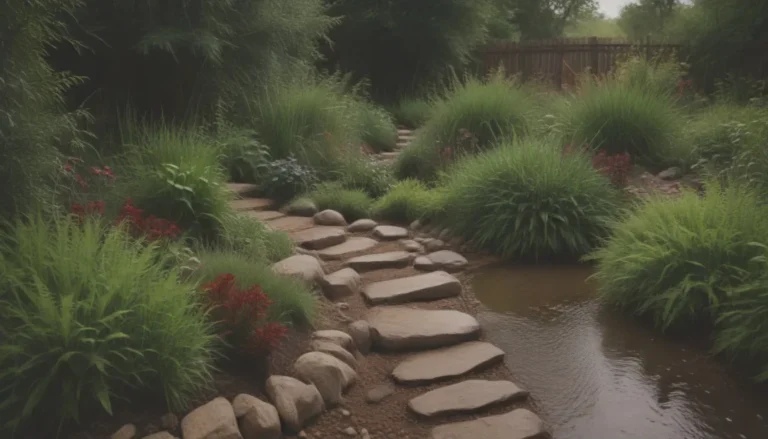Everything You Need to Know About Growing and Caring for Cayenne Peppers
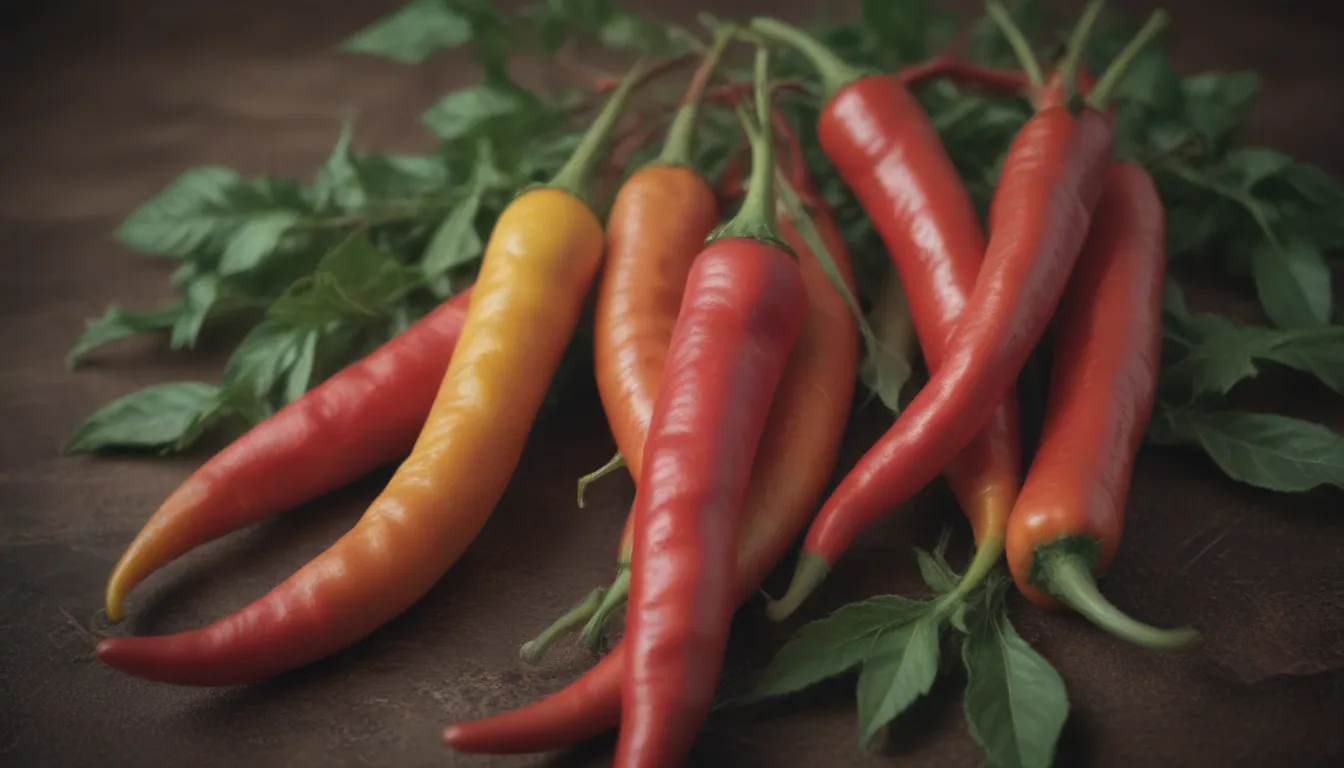
Cayenne peppers are a delightful addition to any garden, adding a bit of heat and flavor to your dishes. In this comprehensive guide, we will explore everything you need to know about growing and caring for cayenne peppers. From planting to harvesting, we’ve got you covered with valuable information to help you successfully cultivate your own spicy peppers at home.
Getting to Know Cayenne Peppers
Before we dive into the nitty-gritty of growing cayenne peppers, let’s take a moment to get to know these fiery little plants a bit better. Cayenne peppers belong to the Capsicum annuum family and are medium-heat peppers that measure between 30,000 to 50,000 on the Scoville scale. They are known for their glossy red appearance, slightly wrinkled texture, and tapering shape with a curved tip. Cayenne pepper plants are bushy, growing up to 2 feet tall with elliptical green leaves and small white star-shaped flowers.
How to Plant Cayenne Peppers
When to Plant
Plant your cayenne peppers in the spring after the threat of frost has passed. If starting from seeds, it’s best to begin indoors approximately eight to 10 weeks before the last spring frost date in your area. Make sure the temperature remains above 65 degrees Fahrenheit to ensure optimal growth.
Selecting a Planting Site
Choose a sunny spot with well-drained soil for your cayenne peppers. Keep them away from larger plants that may shade them, and avoid locations that have recently housed other nightshade family members, such as tomatoes or potatoes. Plant diseases can linger in the soil, affecting the growth of your peppers. If you don’t have a suitable garden site, consider growing your cayenne peppers in containers.
Spacing, Depth, and Support
Space your plants 1 to 2 feet apart and make sure to plant seeds around 1/4 inch deep. If using nursery plants, place them at the same depth they were in their nursery container. Larger varieties may require stakes or support structures to prevent them from toppling over once they start producing fruits.
Cayenne Pepper Plant Care
Light
Cayenne pepper plants thrive in full sun, so make sure they receive at least six hours of direct sunlight daily. Insufficient sunlight can lead to limited flower and fruit production.
Soil
These plants prefer organically rich, moist, well-drained soil with a slightly acidic to neutral pH. More acidic soil can result in spicier peppers, so be mindful of your soil composition.
Water
Water your cayenne pepper plants carefully, ensuring the soil remains moist but not waterlogged. Deep water the plants when the top 1 to 2 inches of soil are dry, and consider mulching around the plant to retain moisture.
Temperature and Humidity
Cayenne peppers require consistently warm temperatures and moderate humidity to thrive. Avoid exposing them to extremes in temperature, as temperatures below 55 degrees Fahrenheit can slow growth and damage the plant. Nighttime temperatures above 75 degrees Fahrenheit may also affect pepper production.
Fertilizer
When planting, mix compost into the soil for added nutrients. Additionally, you can use an organic vegetable fertilizer with low nitrogen and high phosphorus levels. Follow the product instructions for proper application, as excess nitrogen can lead to more foliage growth than fruit production.
Pollination
Cayenne pepper plants are self-pollinating but can also be assisted by wind and insects in the garden. Keep in mind that they can cross-pollinate with other pepper varieties, so be mindful of neighboring plants.
Types of Cayenne Peppers
There are several cayenne pepper varieties, each with its own unique appearance and flavor profile. Some popular options include:
– Red Ember
– Dragon
– Sweet Cayenne
– Purple Cayenne
Cayenne Peppers vs. Jalapeños
Cayenne peppers and jalapeños are different varieties of the same species but vary in appearance and heat level. Cayenne peppers are typically red, slender, and ten times hotter than jalapeños. Understanding the differences between the two can help you choose the right pepper for your culinary needs.
Harvesting Cayenne Peppers
Knowing when and how to harvest your cayenne peppers is essential for ensuring optimal flavor and heat levels. Make sure your peppers have reached their desired ripeness, harvest them carefully, and store them properly to prolong their freshness.
How to Grow Cayenne Peppers in Pots
Growing cayenne peppers in containers is a convenient way to control light and soil conditions, especially in colder climates. Select a suitable container size with proper drainage, and consider moving the plant indoors during cold snaps to ensure its survival.
Pruning and Propagating Cayenne Peppers
Pruning and propagating cayenne peppers are essential tasks for maintaining healthy plants and expanding your pepper collection. Whether trimming damaged stems or propagating new plants from cuttings, these practices can help enhance the growth and productivity of your cayenne peppers.
Wrapping Up
With proper care and attention, growing cayenne peppers can be a rewarding experience for any gardener. By following the tips and guidelines provided in this comprehensive guide, you can successfully cultivate your own spicy peppers at home. Whether you’re a seasoned gardener or just starting out, cayenne peppers are a versatile and flavorful addition to any garden. Happy growing!
